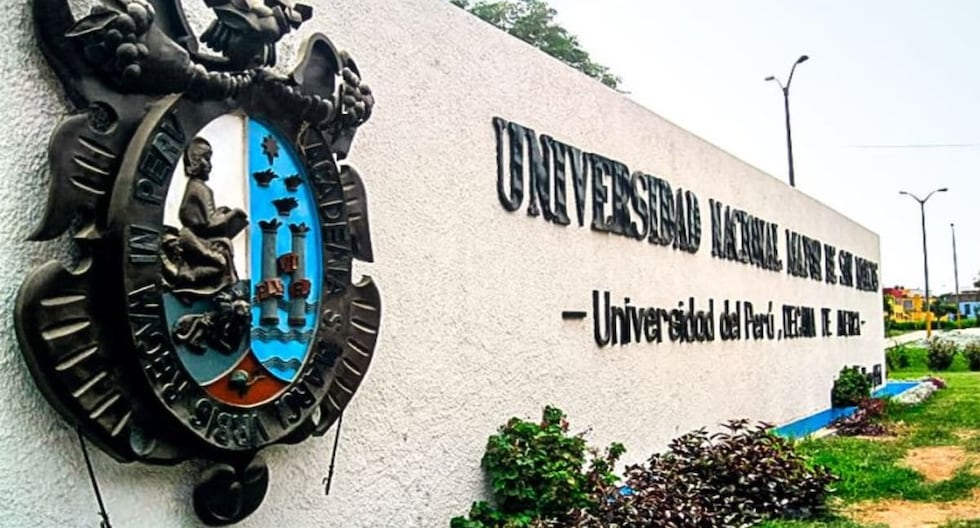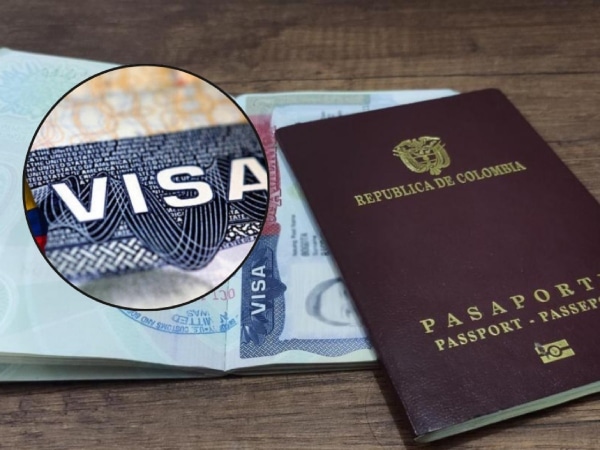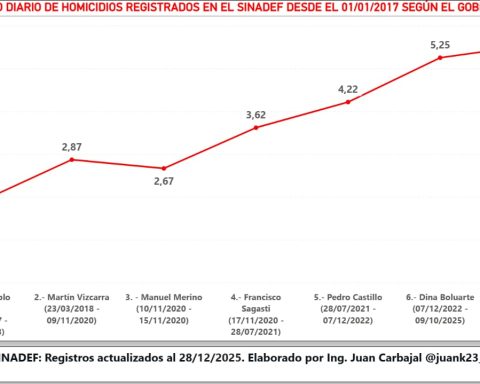According to its purpose in commercial policies
Consolidated:
They are maximum tariffs that WTO member countries agree not to exceed.
They are set out in the lists of concessions and commitments negotiated between members.
Applied:
They are the tariffs that a country actually uses in its commercial operations.
These are usually lower than the bound ones to encourage trade.
Preferential:
These are reduced or eliminated tariffs that are granted within the framework of preferential agreements (for example, free trade agreements or agreements between developing countries).
They are permitted under specific exceptions to WTO rules, such as the Generalized System of Preferences (GSP).
Most Favored Nation (MFN) Tariffs:
They apply to all WTO member countries, ensuring that none receives less favorable treatment than others.
Example: If a country applies an 8% tariff to one member, it must apply the same to the others, subject to exceptions (such as preferential agreements).
Prohibitive:
Although technically allowed if they are within the consolidated levels, they are so high that they deter imports, functioning as an indirect barrier.
According to your specific purpose
Antidumping Tariffs:
They are imposed as a corrective measure when it is determined that a product is being sold below its production cost in the import market.
They seek to protect the national industry from unfair practices.
Compensatory Tariffs:
They are applied to products that receive subsidies in the exporting country, to level out competition.
Safeguard Tariffs:
They are temporary measures applied to protect a local industry from a sudden and harmful increase in imports.














